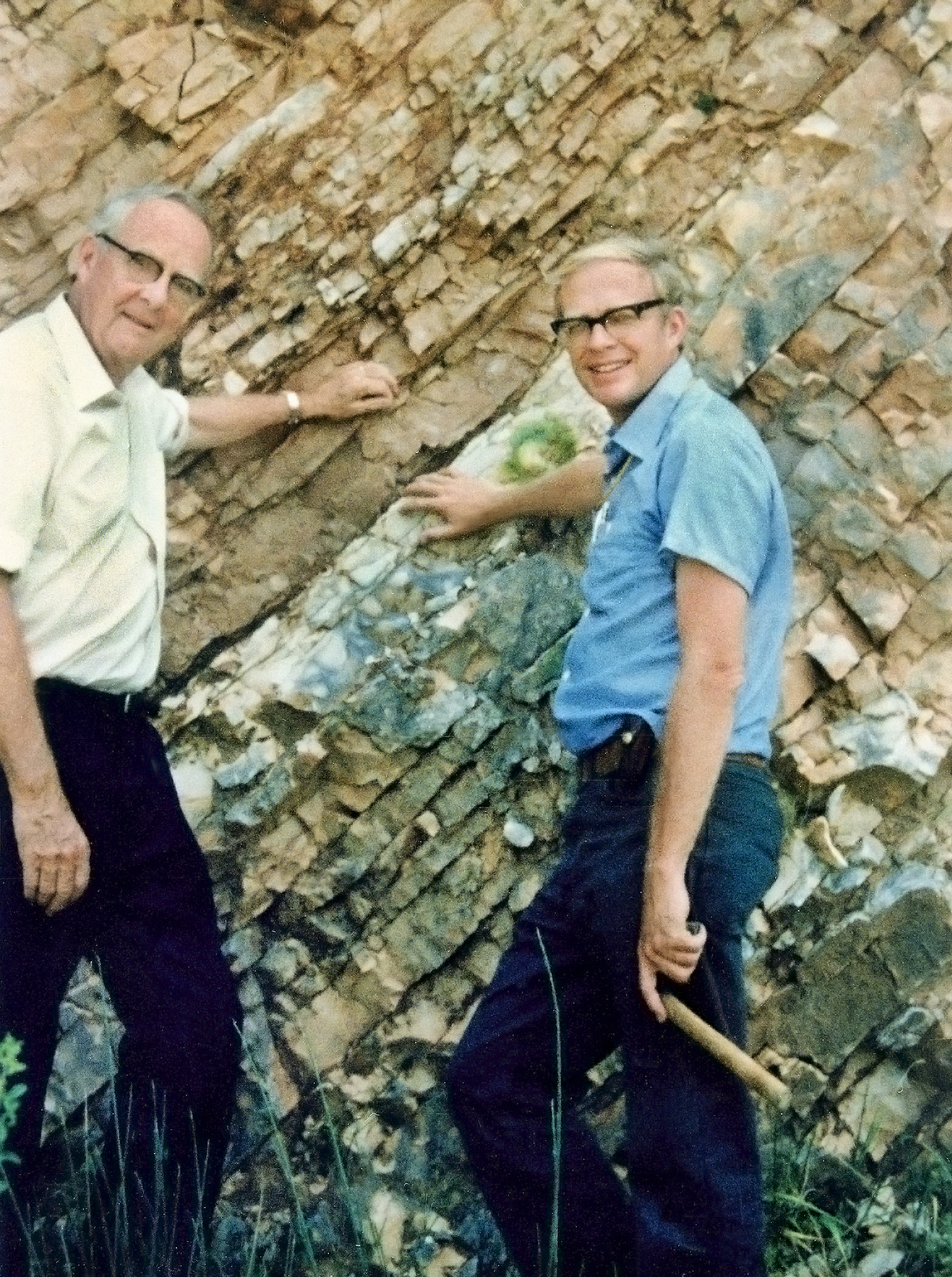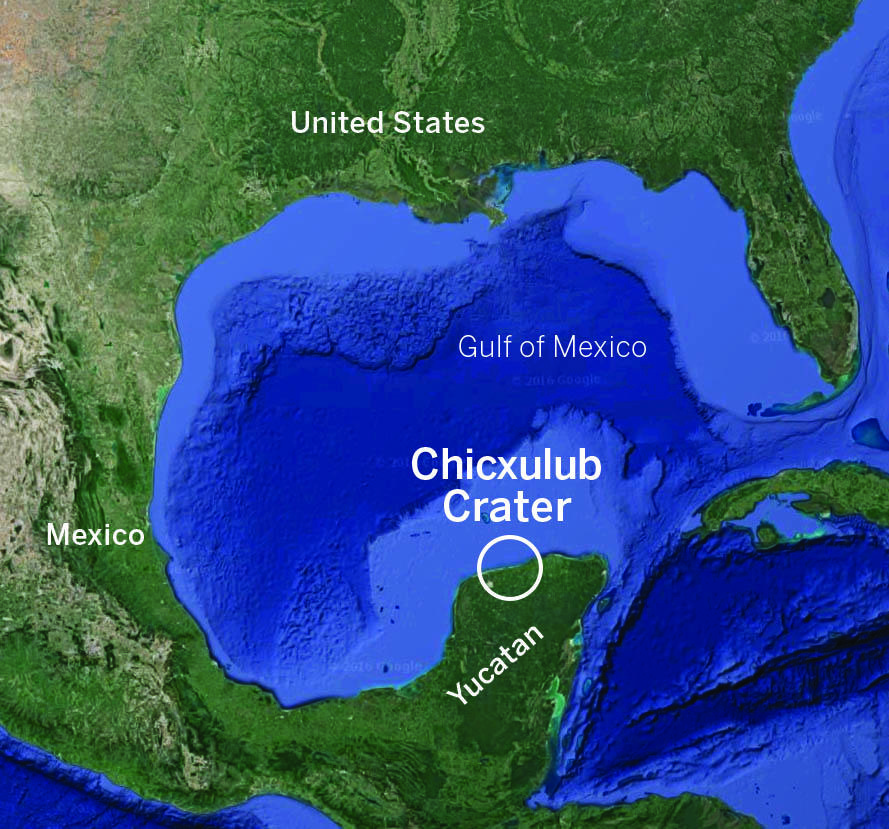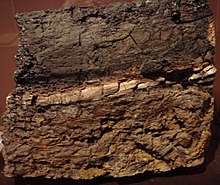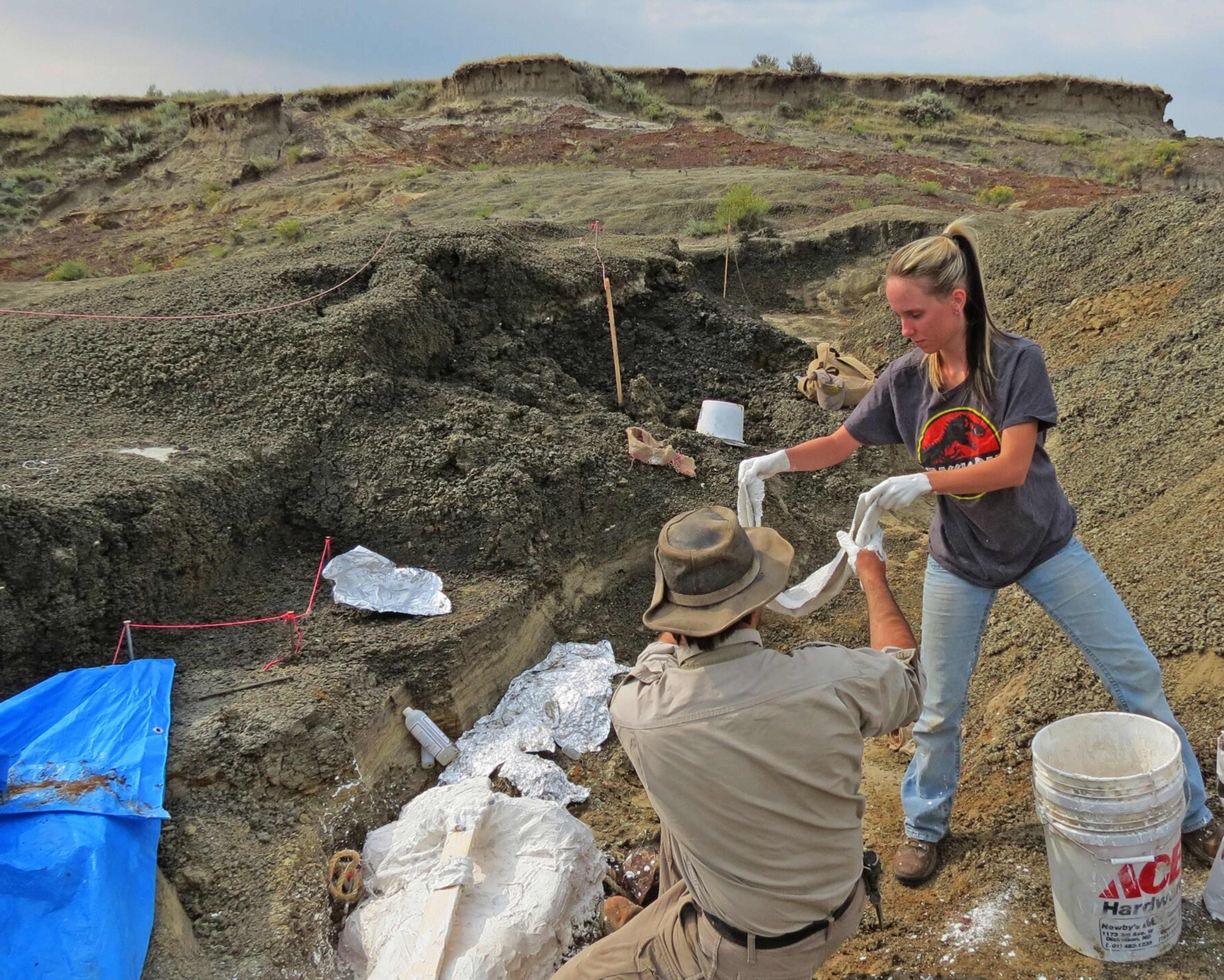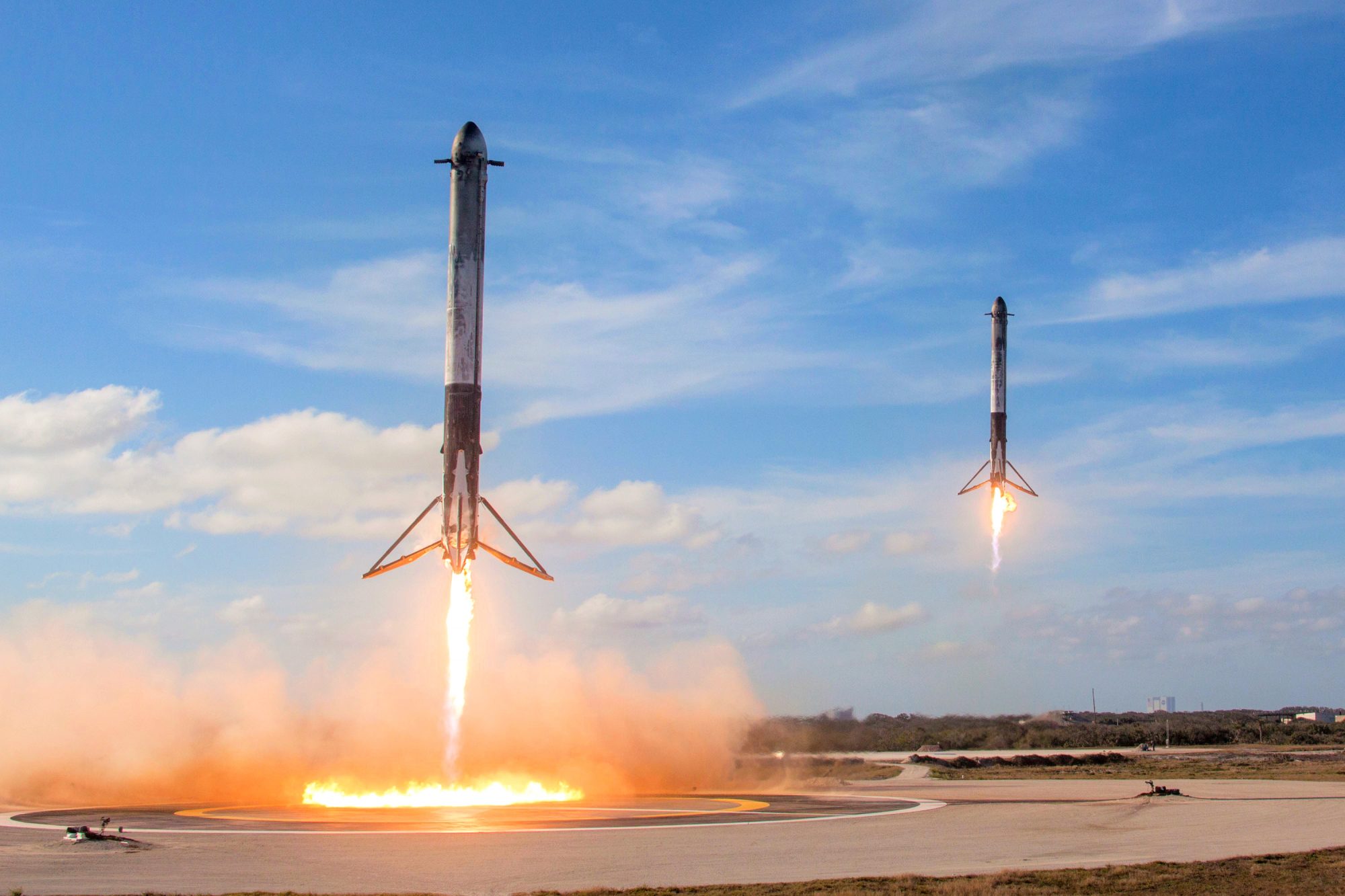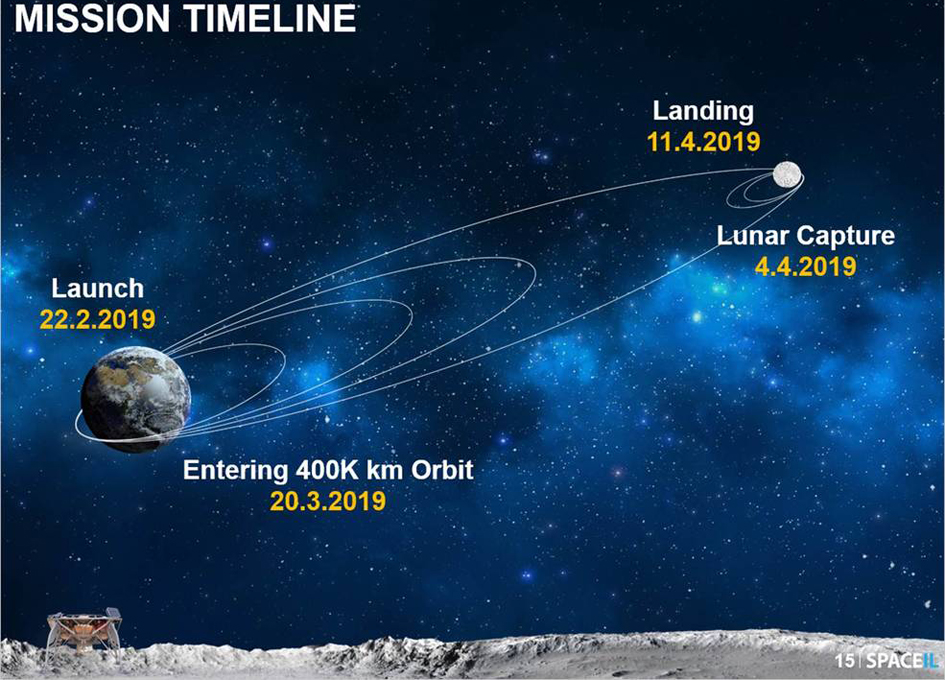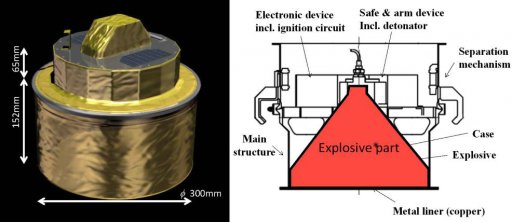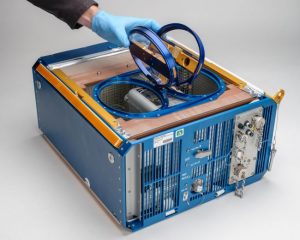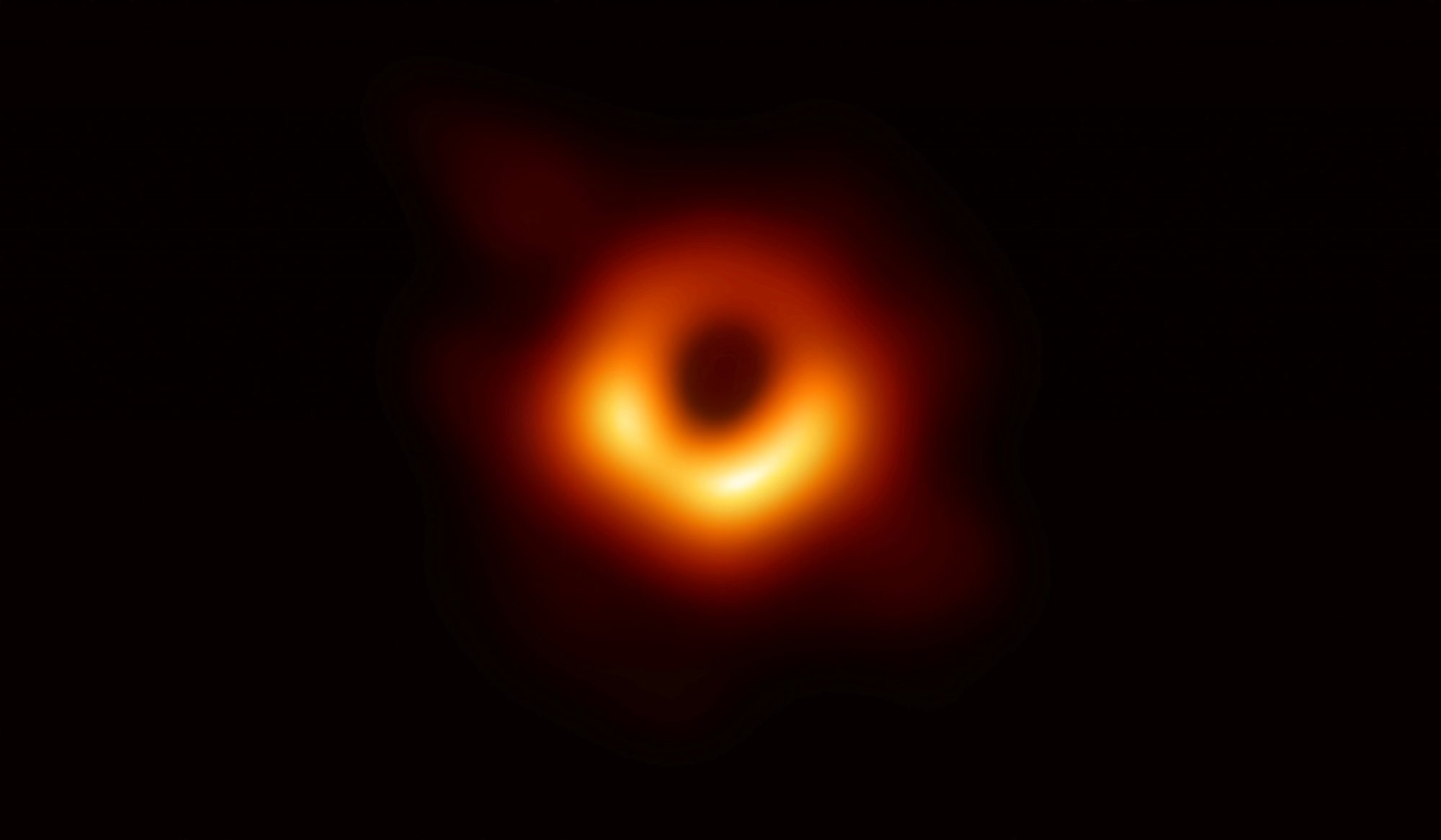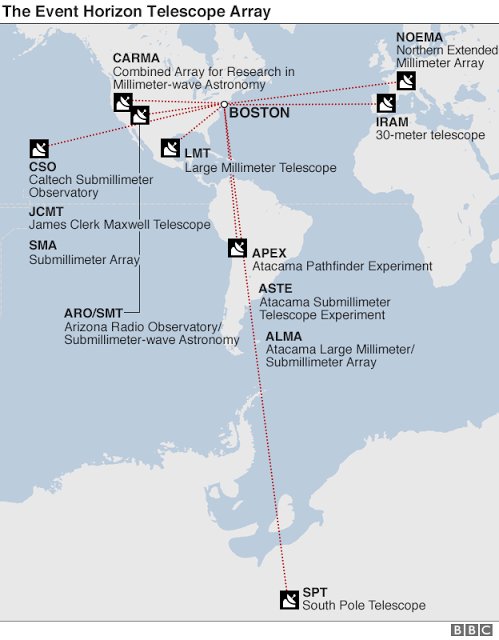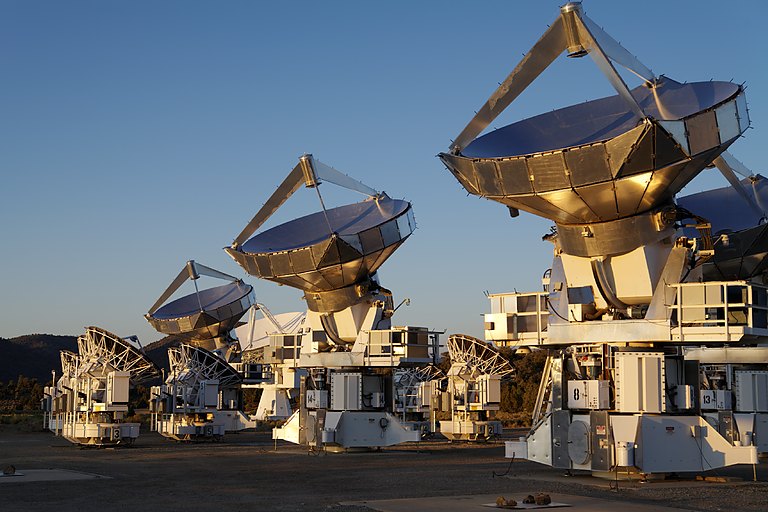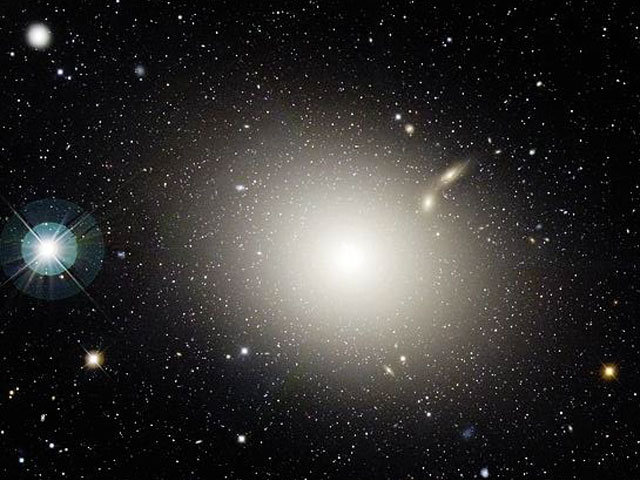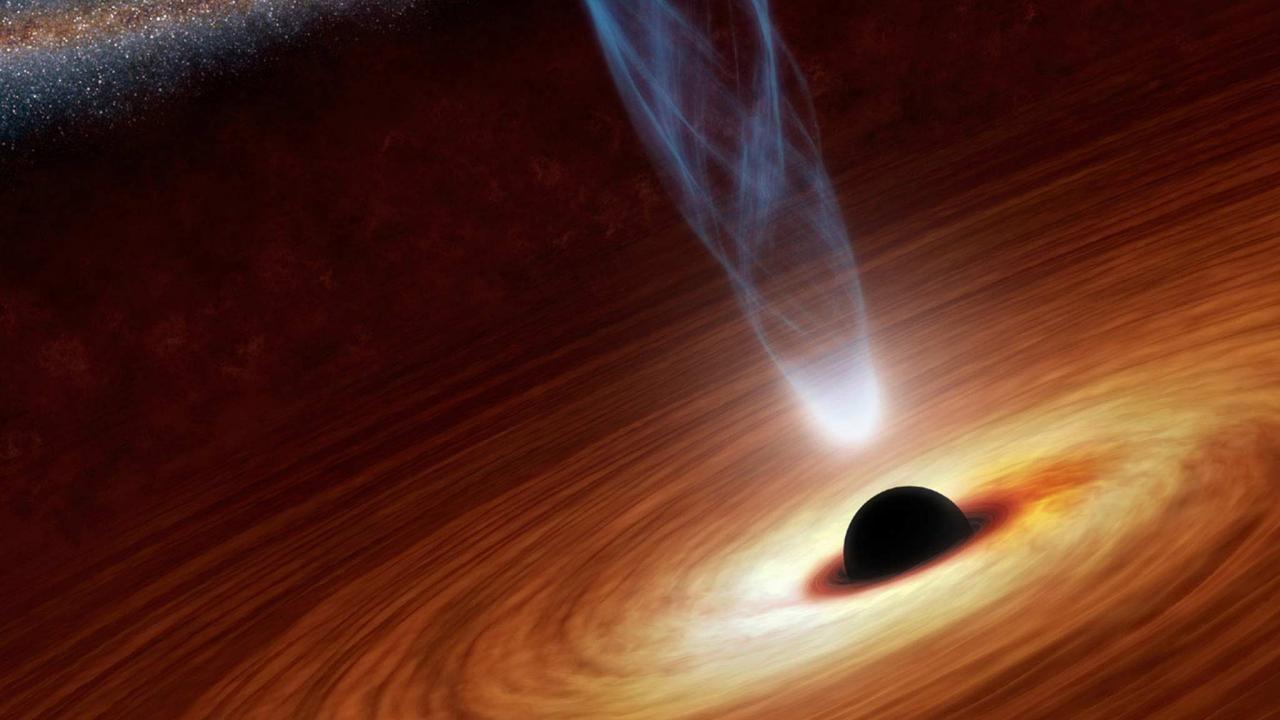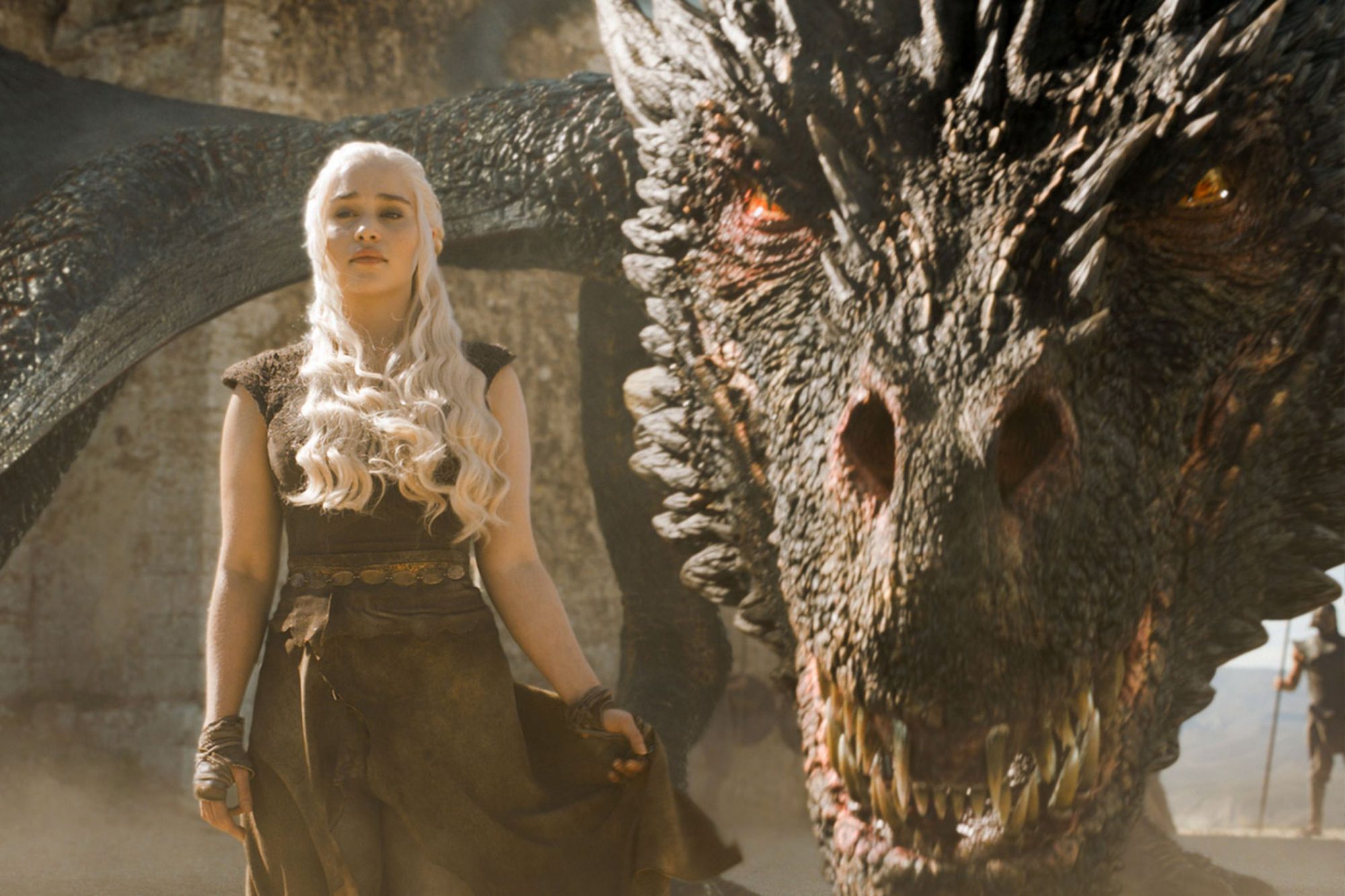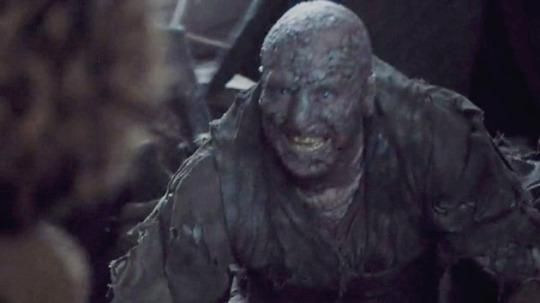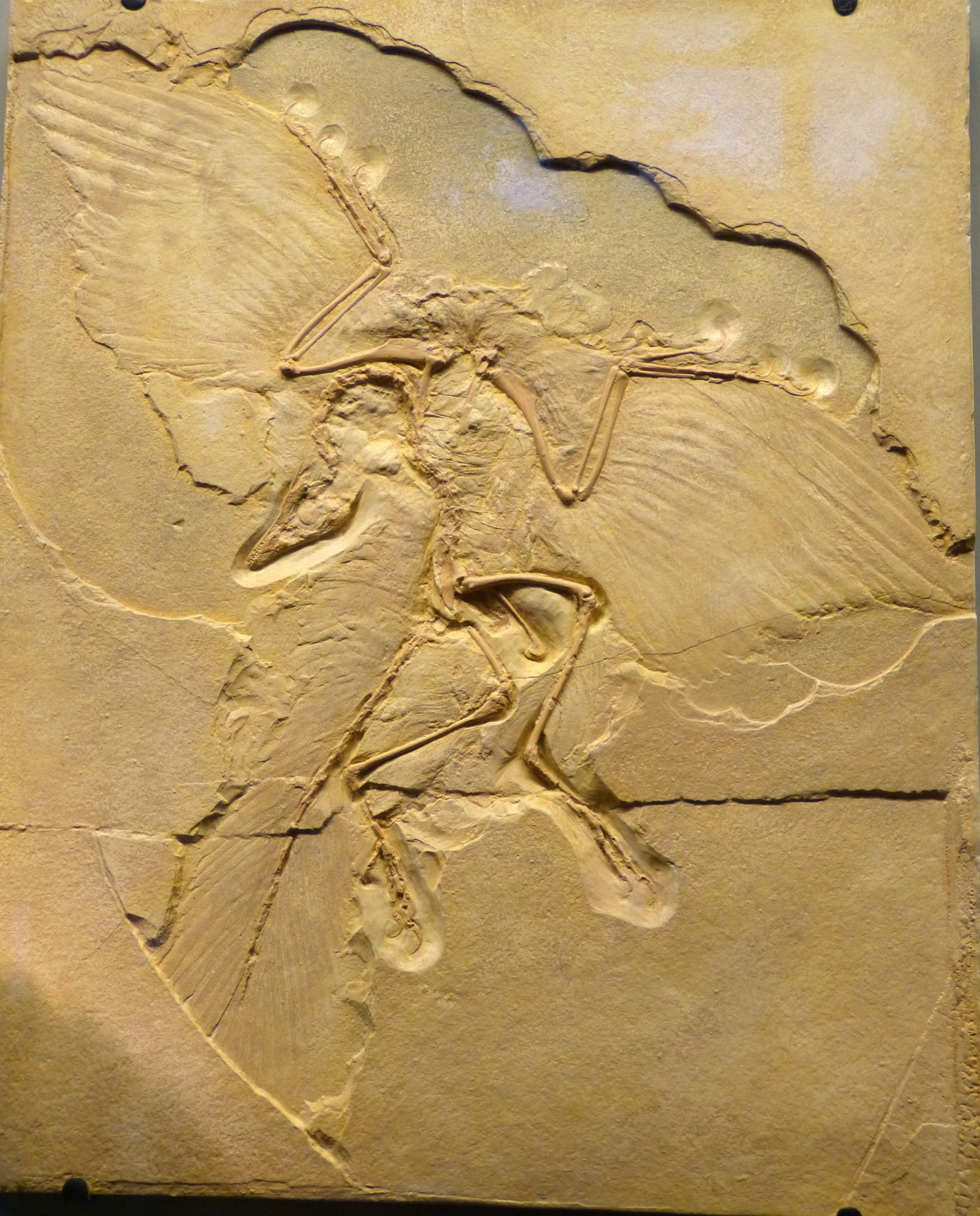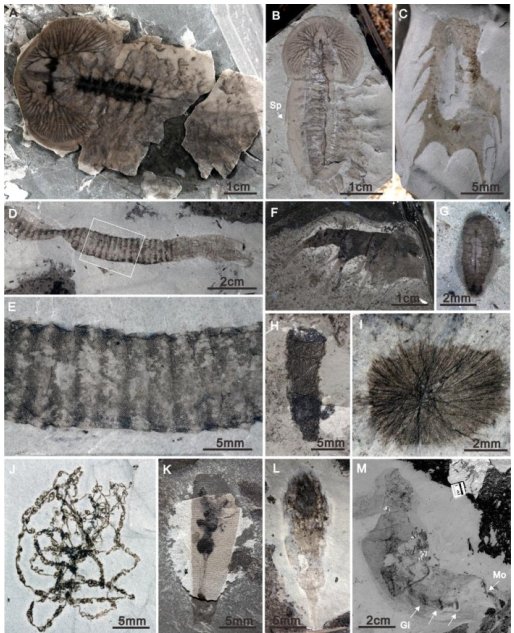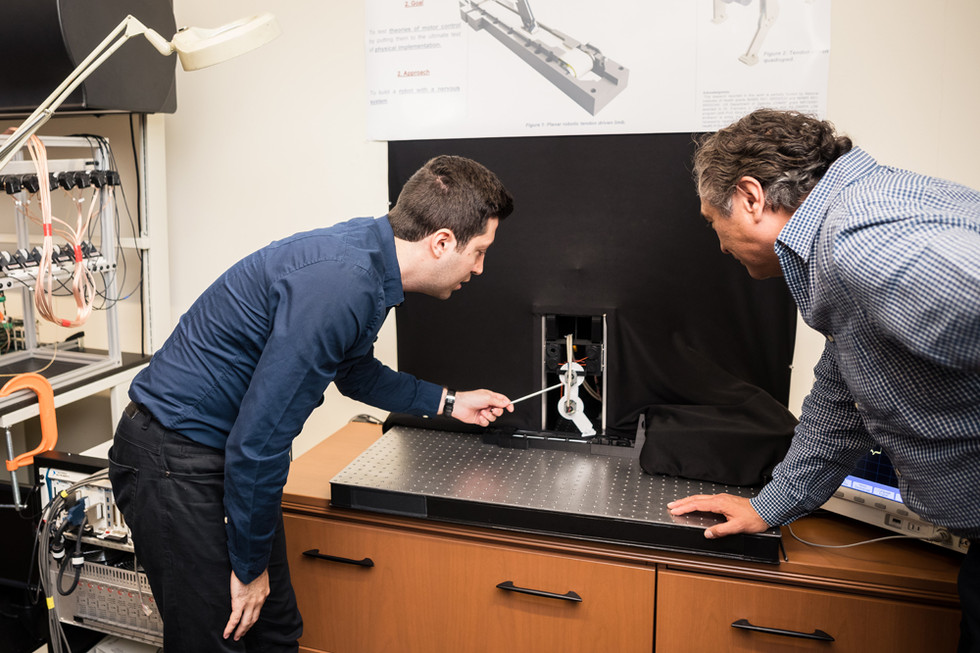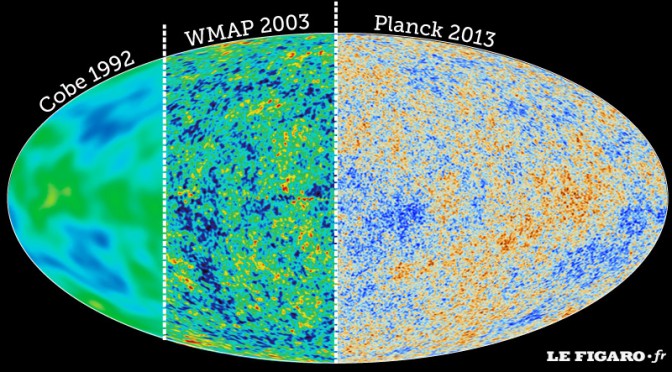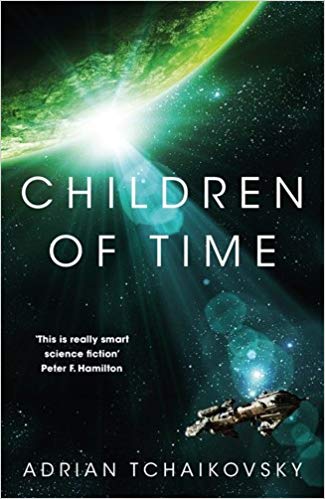Nowadays we’ve become accustomed to having unmanned, robotic space probes traversing interplanetary space and making important discoveries without there being any human within millions of kilometers. At the beginning of the space age however there were many, even respected scientists who doubted that automated mechanisms could carry out the complex maneuvers, over long periods of time, that would be required for missions to the Moon or nearby planets.
Science fiction movies of the 1920s through the 50s had always depicted the first landings on alien worlds being made by manned, piloted spaceships not robots. Robots after all could only do what they were programmed to do, they would never be able to deal with unforeseen events; they could never be adaptable enough to face the unknown.
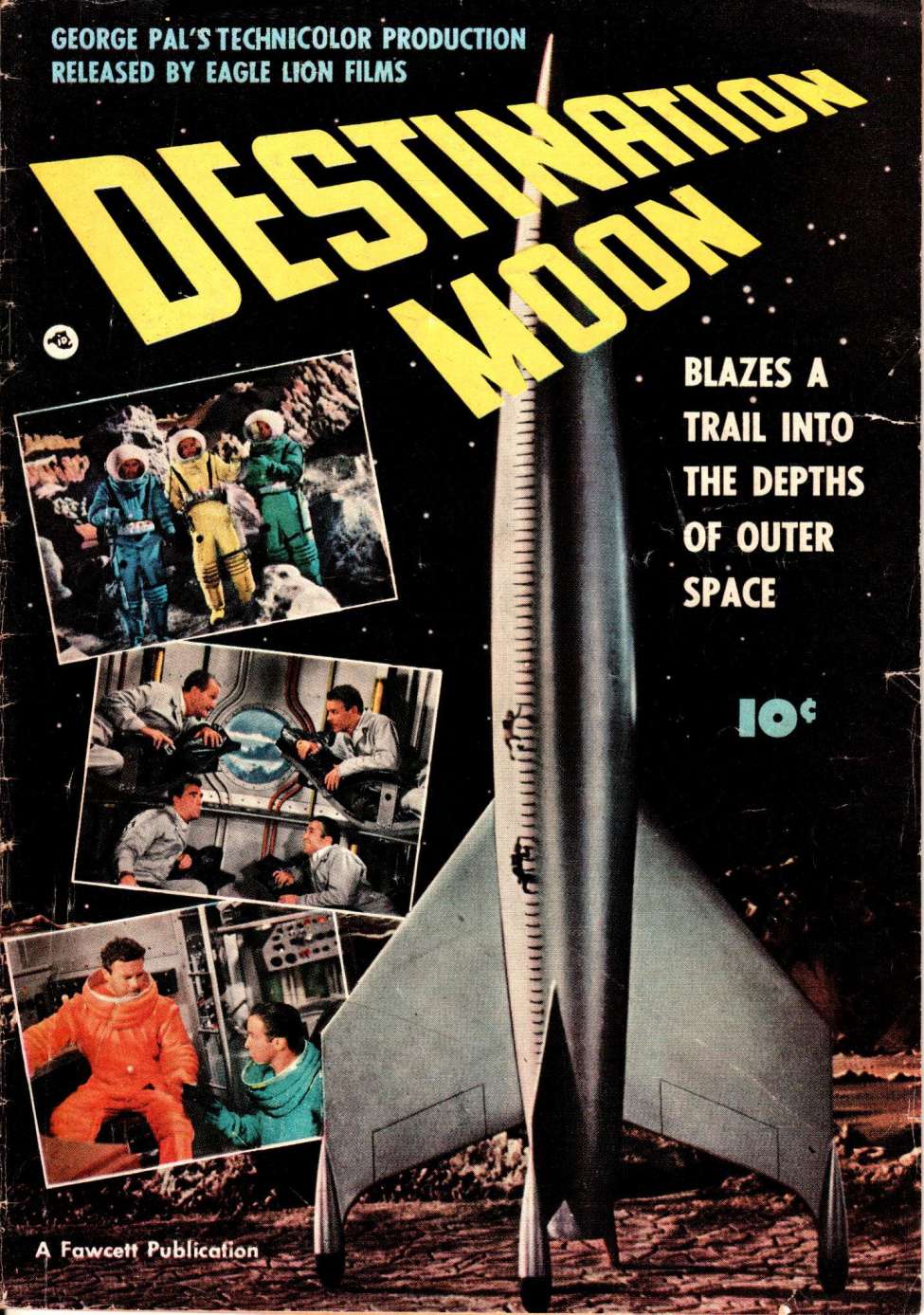
Nevertheless the cost of getting a man into orbit, let alone to another world was so great that manned flights to other planets were simply not possible. After all a person would require air throughout the mission, would require food and water, would have to be brought back! Robots on the other hand only needed electricity and it didn’t matter if they didn’t return to Earth, just so long as their data did!
So it was that the first man made object to leave Earth orbit, the first to completely escape from Earth’s gravity was a robotic probe. Launched on January 2nd, 1959 Luna 1 was another space first for the Soviet Union although the probe failed in its objective of crashing into the Moon. Think about that, with all of the complex maneuverings and operations that space probes carry out today the first deep space probe just had to hit the Moon, and it missed.
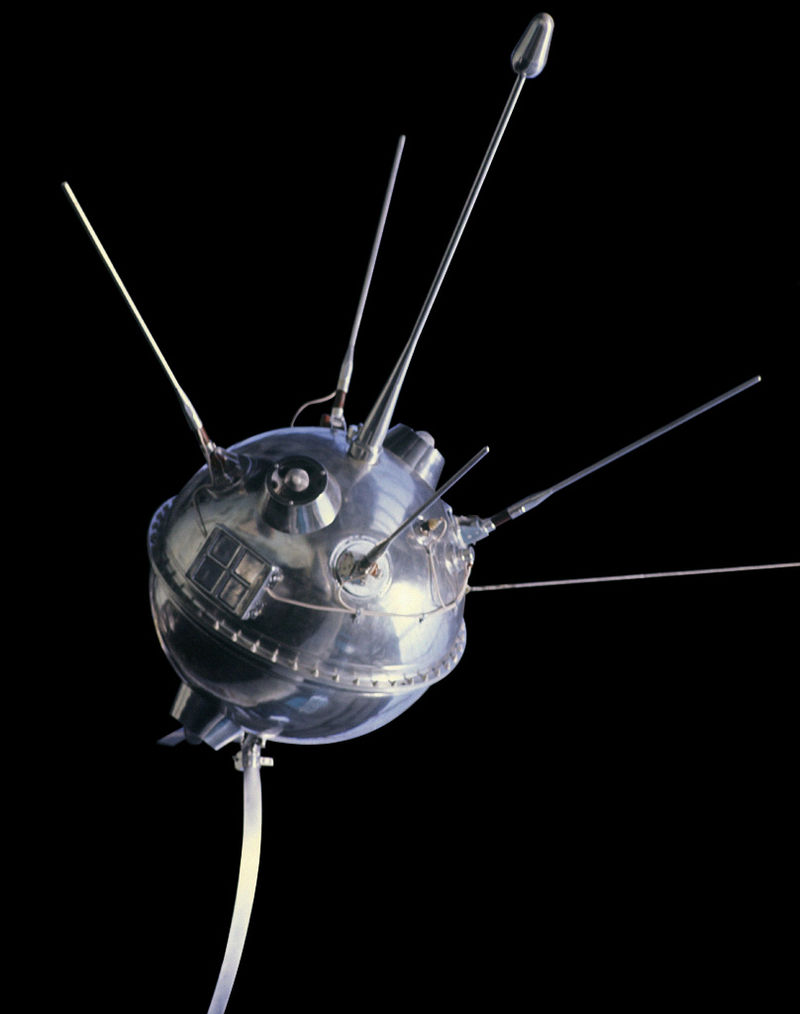
So did the first American Lunar probe Pioneer 4, launched just two months later, Pioneers 1-3 all blew up on the launch pad. The first deep space probe to actually succeed was Luna 2 on September 13 of 1959. A month later in October Luna 3 successfully passed behind the Moon, taking a picture that was radioed back to Earth giving humanity its first glimpse of the far side of the Lunar farside.
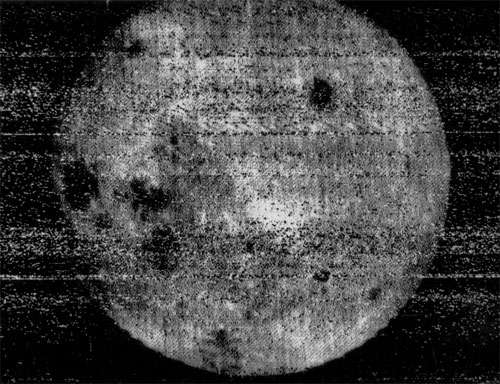

Thanks to the power of their R-7 rocket the Soviet’s were also the first to attempt a mission to another planet. A pair of space probes called the U1 and U2 were launched on October 10th and 14th of 1960. The mission intended for the two probes was a fly-by of Mars but neither managed to even leave Earth orbit.
There were a lot of failures in those early days, launch failures, failures to leave Earth orbit, or failures where the probe would miss its target. And even if the spacecraft did make it to its intended destination there could be a loss of radio contact. It was beginning to look as if the nay Sayers were right, robotic space missions were simply too complicated, there were just too many unknowns for a mere machine to handle.
The US space probe Mariner 4 changed that. Launched from Cape Canaveral on November 28th of 1964 the Jet Propulsion Laboratory (JPL) built space probe successfully flew past the planet Mars on the 14th of July 1965. At its closest approach of 13,000 kilometers the Mariner probe took a series of 22 images of the surface of the Red Planet. These images were transmitted back to Earth over the next few days.
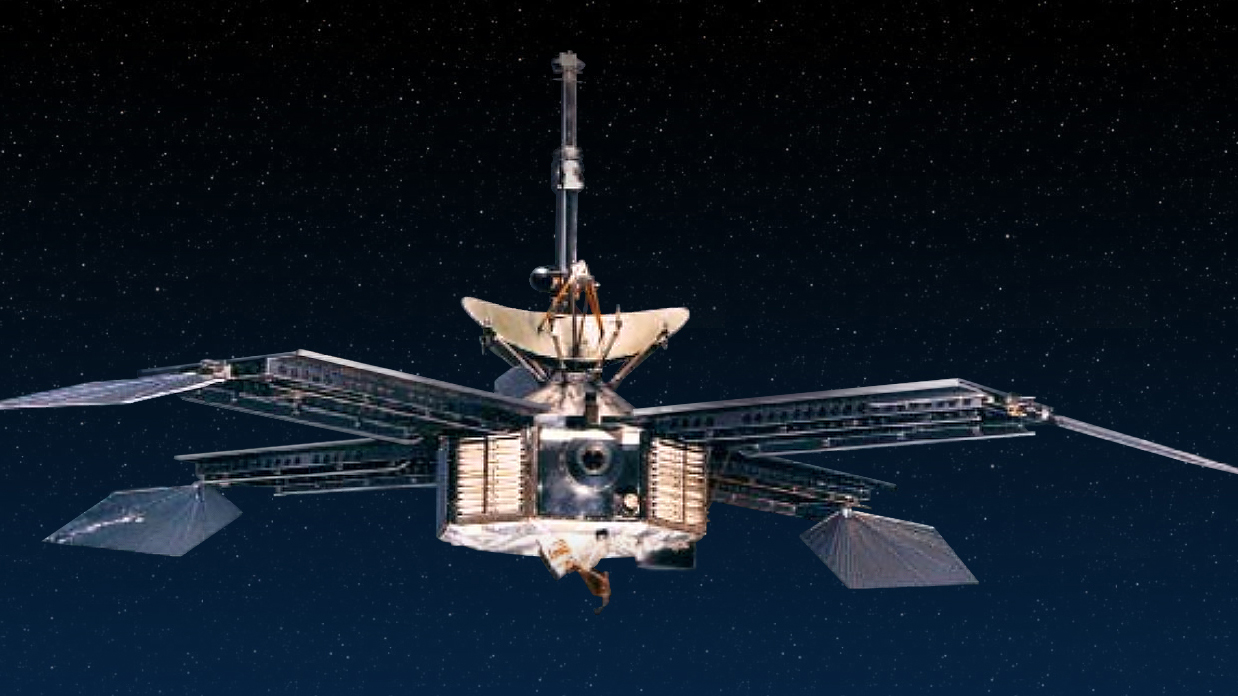
By today’s standards the images were poor, the last three missed the planet entirely while only a dozen are really clear enough to be useful. Those images were revolutionary however showing scores of craters spread across the Martian surface. The data sent back by Mariner 4 showed a Mars that resembled Earth’s Moon a great deal more than any astronomer had imagined. All of the speculation of Martian civilizations building a system of canals vanished in an instant. With a single successful mission the scientific value to science of robotic interplanetary probes had been demonstrated.

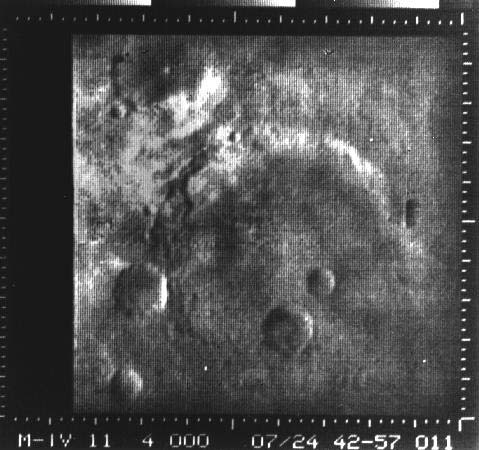
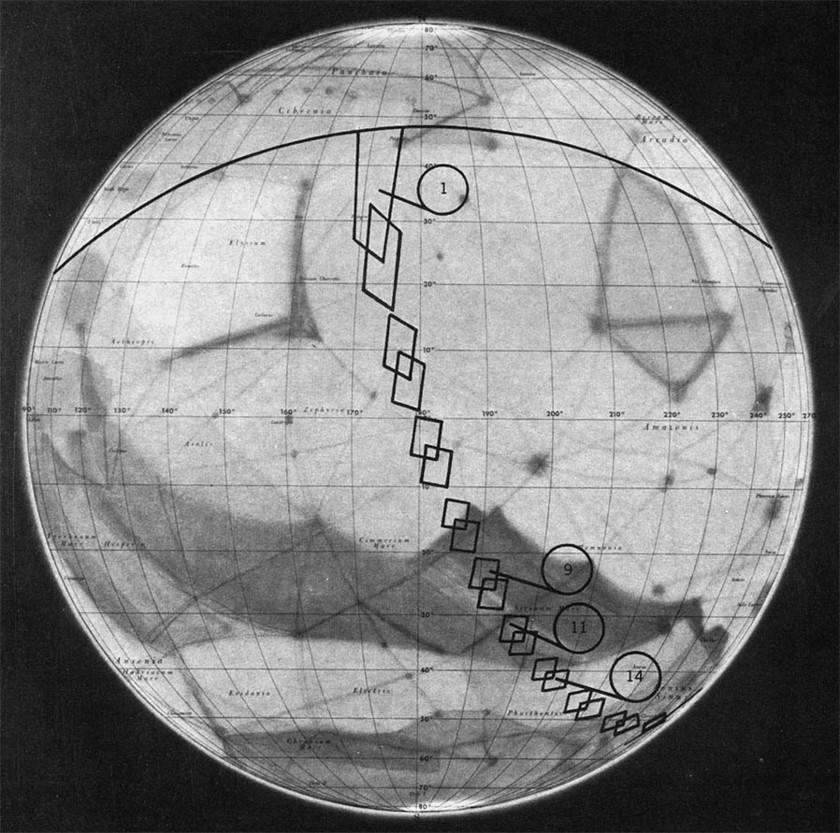
It also so happened that following Mariner 4 robotic probes became more reliable, more successful. The engineers were learning from their mistakes designing probes that could survive the hostile environment of deep space.
The American Surveyor 1 and Lunar Orbiter 1 Moon probes became the first man made objects to respectively land softy on, and orbit another world. Meanwhile the Soviet Venera 3 became the first to impact on the planet Venus and Zond 5 circled around the Moon and became the first interplanetary probe to return to Earth.

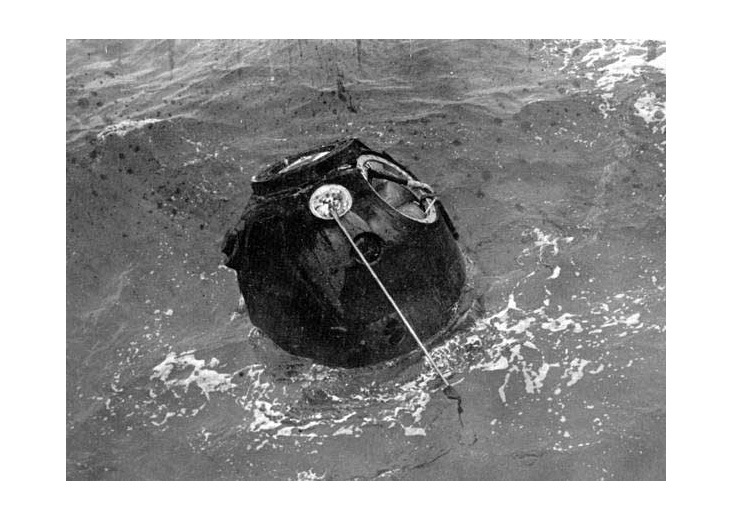
Since Mariner 4 success for automated space probes has become the norm. There are still failures on occasion, but by now every planet in our solar system, along with moons, comets and asteroids have all been visited by unmanned, robotic probes.

